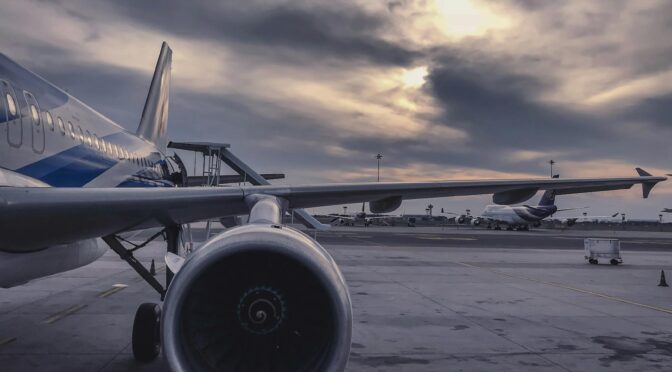My current job requires a lot of travel & I also live in a different country than my extended family. Consequently, I have to travel frequently across time zones both east and west. Over the years, I have learnt how to handle jet lag or adjusting your body to time zone differences effectively.
Note, this is specifically for people like me who have more difficulty falling asleep than staying awake. People who can fall asleep easily but have difficulty staying awake will need different techniques.
Below are my techniques to handle jet lag in various scenarios.
Few hours east
For this scenario, I draw from my travel experiences from India to Thailand, China and Australia, which are anywhere between 1.5 to 4.5 hours east of India, or coming back east from Europe/Middle East.
When you travel east, you end up at a place where it is time to sleep earlier than usual. As such, you may find it impossible to fall sleep on time.
The trick is to not try too hard to sleep on time, but make sure to wake up on time (as per the local time), even if you haven’t slept enough. Fight the temptation to sleep in or wake up as per your home time zone even if it is a holiday. It will be difficult 1 or 2 mornings, but the sleep deprivation will eventually catch up and let you sleep early soon enough.
In most cases, I suffer only one morning and am fine after.
Summary : Don’t wake up late.

Few hours west
For this scenario, I draw from my travel experiences to Europe/Middle east which are up to 5 hours west or coming back west from China, Thailand or Australia.
When you travel west, you may find yourself feeling sleepy much before it is time to sleep as per the local time zone. If you’re like me, it would be easy to push through. Just resist the temptation to sleep early. The problem would be that you may wake up very very early as per the local time zone. In most cases, I can fall back asleep and wake up at the designated hour. Even if you can’t fall back asleep and find yourself wide awake at 3 AM, just get on with your day. But as said before, resist the urge to go to sleep early the following night. After a day or 2, your body should adjust.
Summary : Don’t sleep early.

Other side of the world
For this scenario, I draw from my travel experiences to North and South America, or return from. These techniques are valid for anywhere above 8 hours of time difference.
When you travel that far, there’s no concept of early or late anymore, as everything is topsy-turvy; day is night and night is day. My trick for handling such situations is to not sleep much on the (very long) flight(s) to the destination and arrive as sleep deprived as possible. Actually I couldn’t sleep much on planes even if I wanted to. What I do is, as soon as I get on the first (of many) flights, I reject my local time zone and start following the destination time zone. The brief naps I take, I take only if it is night at the destination.
It is difficult to stay awake so long (even for me), but it works. By the time I reach the destination, I am so tired, I can sleep any time I want.
Just make sure that if you reach your destination in the morning, you shouldn’t sleep as soon as you get there, but sleep at the appropriate time at night.
Summary :
- Arrive at the destination sleep deprived.
- Don’t sleep early
- Don’t wake up late

One note for all the above scenarios : Don’t overcompensate with coffee, which can make things worse. Keep your caffeine intake at your regular levels.
Discover more from An Insight into my Hindside
Subscribe to get the latest posts sent to your email.
